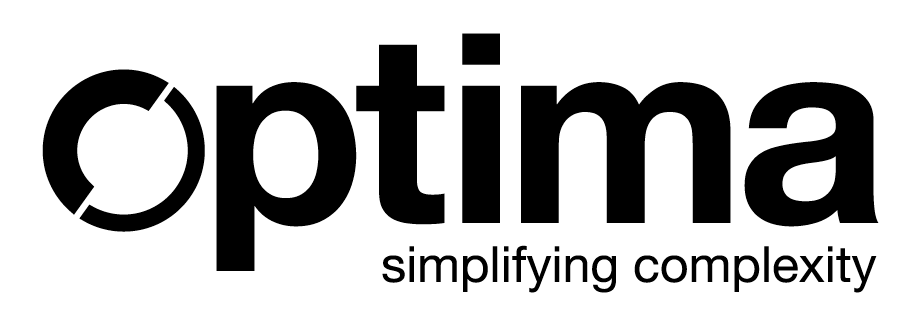Resource Scheduling: One of the largest “black holes” in the laboratory data management landscape
Laboratory managers are continuously challenged with the request to provide the required information in the shortest period of time possible. The “customers”, no matter if they are internal or external are waiting for the information produced in the laboratory to go on with their activities.
The fact is that the demand may change over time and it introduces a level of complexity in the resource scheduling effort which sometimes drives to reviews that may drive to large complexities.
The resource scheduling is a great tool that enables laboratories to allocate the resources in the most efficient way. Skilled human resources and available instruments need to be assigned to the different tasks that are performed in the laboratory in order to perform the analytical tests. Every day, laboratory managers and supervisors are looking at the most efficient way to run the activities in order to provide the results as soon as possible.
Resource Scheduling: Project Planning
All in all, it is about building project plans to respond to the demands in a given period of time.
By collecting the demands, assigning the tasks and providing the requested information, the laboratory is responding to the daily requests. Actually, this is the short-term goal of allocating resources efficiently. In medium and long terms, the information used to allocate the resources can be a great source of information for building critical KPIs and define enhancements on how the laboratory teams are performing the activities.
At the end of the day, laboratories are scientific and sophisticated service organizations built to respond to specific demands. The goal of service organizations has always been to deliver in the most efficient way and possibly in the shortest period of time.
Resource Scheduling: Data Analysis and KPIs
The analysis of the resource allocation is considered as the most useful KPI for any service organization. The laboratories are not any different in this respect. Regretfully, the use of information management system to schedule resources and perform analysis is limited. Laboratories are mostly using paper-based system to allocated the resources (read pencil and rubber), stickers on the walls, mostly Excel files. In the most sophisticated situations, in-house solutions are built to respond to the short-term need to allocate the resources in the quickest way possible.
Resource Scheduling: Resource optimisation and Lab efficiency
Very skilled resources are dedicated to program the weekly agenda of the resources, review it and adjust it when the demand changes.
The result is a very large cost for the laboratory. Just consider the cost of one FTE for working continuously with Excel files moving resources around to accommodate the requests in the best way possible. In addition to the cost of these skilled resources, the time spent to respond to continuous requests of updates on the status of the activities (e-mail, phone calls, etc.), the daily meetings to review the scheduling with the customers are driving to a total cost that is largely underestimated.





